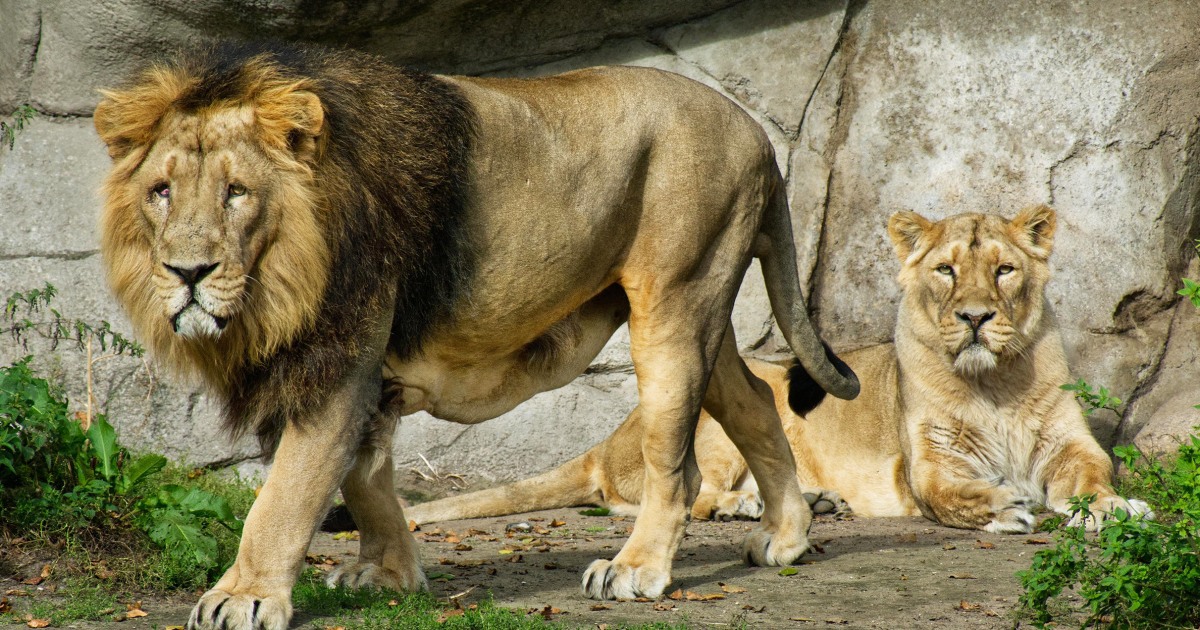Aalborg Zoo’s Unconventional Appeal for Pet Donations
In a rather unusual move that has ignited public debate, Aalborg Zoo in Denmark has made headlines following a recent social media call for unwanted pets. The zoo, located in the northwest part of the Scandinavian country, is seeking donations of pets such as chickens, rabbits, guinea pigs, and even horses. The reason? To provide sustenance for its carnivorous residents. This initiative has sparked not only curiosity but also a storm of controversy.
The Process and Rationale Behind Pet Donations
Aalborg Zoo has been clear about its procedures: donated pets will be “gently euthanized” by trained staff and subsequently used as “fodder” for the zoo’s meat-eating predators. This process is described as essential for replicating a natural food chain, allowing animals like lions and tigers to experience hunting behavior akin to what they would encounter in the wild. According to the zoo’s statements, this approach is critical for the well-being and nutrition of their carnivorous inhabitants.
The appeal was not a one-off; a similar message surfaced earlier this year, specifically requesting horses that are healthy, under a certain height, and have no recent history of illness. Interestingly, the zoo even offers tax deductions for horse owners who donate their animals.
Community Reaction: A Mixed Bag
The zoo’s post on social media drew swift reactions. Some community members expressed shock and concern over the ethical implications of this animal donation campaign. One Facebook user articulated their discomfort, stating, “The idea that a zoo, of all places, is encouraging people to drop off their animals to be killed and fed to lions and tigers is, to me, incredibly disturbing.”
Responses varied; while some were outraged, others recognized the zoo’s attempt to address practical care for its animals. To quell the rising tide of negativity, the zoo eventually shut down the comments on their initial post, emphasizing the need for respectful dialogue around the topic.
Ethical Dilemmas in Modern Zoos
Zoos often grapple with complex ethical issues, and Aalborg is no exception. The juxtaposition of human emotions surrounding pet ownership versus animal care in captivity brings about challenging discussions about what it means to be responsible stewards of wildlife. The facility’s actions echo past controversies in Denmark, notably when Copenhagen Zoo euthanized an 18-month-old giraffe named Marius in 2014. Marius’s death, intended to control inbreeding within the giraffe population, stirred outrage globally yet highlighted a grim reality in wildlife management.
Resources and Responsibilities
The essence of Aalborg Zoo’s appeal reflects the broader responsibility that institutions like it hold toward the animals in their care. The zoo maintains that ensuring the natural behavior, nutrition, and well-being of their carnivores requires such steps. The promotion of animal donations also opens discussion on how pet ownership is viewed within society— are pets merely companions, or do they have primal roles that connect them to the wild?
A Broader Perspective on Wildlife Care
This initiative may raise eyebrows, but it’s essential to recognize that the practice of offering deceased animals to predators is not unique to Aalborg. Various zoos around the world have been known to follow similar practices, often ensuring that the animals fed to the carnivores have died of natural causes or were part of a broader population management plan. This raises critical questions about how best to balance the needs of captive animals with the wishes and emotions of the public.
The Future of Pet Donations
Given the emotional and ethical complexities involved, the future of such donation drives remains uncertain. While the zoo has made its intentions clear, the response from the community indicates a potential need for broader conversations about animal welfare, responsible pet ownership, and the ethical guidelines that govern modern zoos. As societies increasingly advocate for animal rights, the dialogues surrounding such initiatives will continue to evolve, presenting distinct challenges for wildlife caregivers.
In essence, while Aalborg Zoo’s unusual appeal offers a practical solution for its carnivorous inhabitants, it also ignites profound discussions about our relationships with pets, the ethics of wildlife care, and the expectations we have for institutions dedicated to animal conservation.



